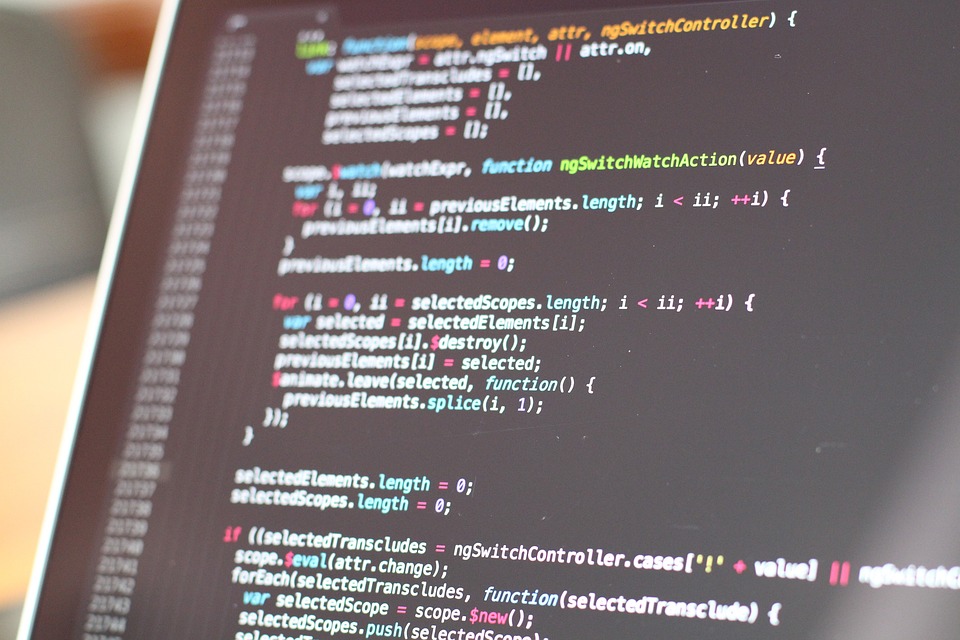For little pupils, a very large number usually means an integer with many many digits. Let's define a class of big integers which consists only of the digit one . The first few integers in this class are 1,11,111,11111, 11, 111, 1111 cdots1,11,111,1111. Denote A AAas the n nn-th smallest integer in this class. To make it even larger, we consider integers in the form of AA(a^b)A. Now, given a prime number p pp, how many pairs (i,j) (i,j)are there such that 1≤i≤n,1≤j≤m,A≡01 leq i leq n, 1 leq j leq m, A(i^j) equiv 01≤i≤n,1≤j≤m,A≡0.
For little pupils, a very large number usually means an integer with many many digits. Let's define a class of big integers which consists only of the digit one (11⋯1)(11 cdots 1)(11⋯1). The first few integers in this class are 1,11,111,1111⋯1, 11, 111, 1111 cdots1,11,111,1111⋯. Denote A(n) A(n) A(n) as the n n n-th smallest integer in this class. To make it even larger, we consider integers in the form of A(ab)A(a^b)A(ab). Now, given a prime number p p p, how many pairs (i,j) (i, j) (i,j) are there such that 1≤i≤n, 1≤j≤m, A(ij)≡0(mod p)1 leq i leq n, 1 leq j leq m, A(i^j) equiv 0(mod p)1≤i≤n, 1≤j≤m, A(ij)≡0(mod p).








